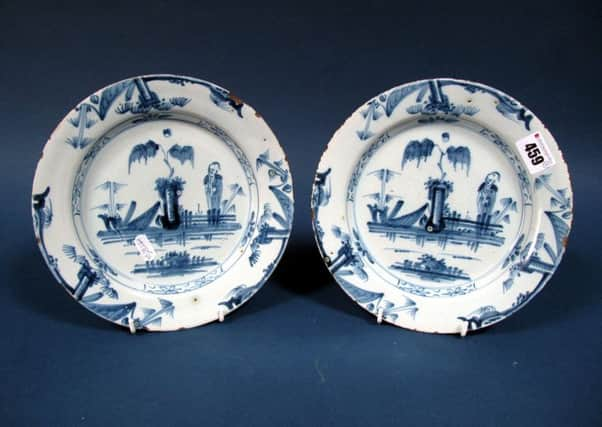Antiques Column: An explantion of Ming porcelain


During the dynasty mountains and mountains of porcelain was produced.
Why then is all Ming porcelain so valuable, or is it?
The short answer is no it is not and the short explanation I will now try.
Advertisement
Hide AdAdvertisement
Hide AdFirstly an enormous amount of Ming porcelain is poor quality, provincially produced and naively painted and this together with the fact that they have no reign mark, adversely affects their value.
Taking the “reign” mark a step further, for a piece to have high value it must be a “mark” and “period” piece.
The mark is the reign mark on a piece and is composed of symbols that denote emperors.
These marks can easily be researched and identified.
The problem is the period. The habit of putting earlier reign marks on Chinese porcelain is common and was practiced for hundreds of years.
Advertisement
Hide AdAdvertisement
Hide AdIt is not unusual, therefore, to find an 18th century item with a 15th century mark.
An item made during the reign of the emperor whose mark is on the base is referred to as “mark and period” and the value is often increased twofold or threefold.
Better quality pieces which are mark and period are very much rarer than the provincial Ming and are highly prized by collectors.
These highly prized pieces are highly priced and that is the sort of piece people refer to when they ask expectantly “is it Ming?”
n Do you have an antiques collection you would like to see featured in the Sheffield Telegraph?
Email [email protected] with the information and contact details.